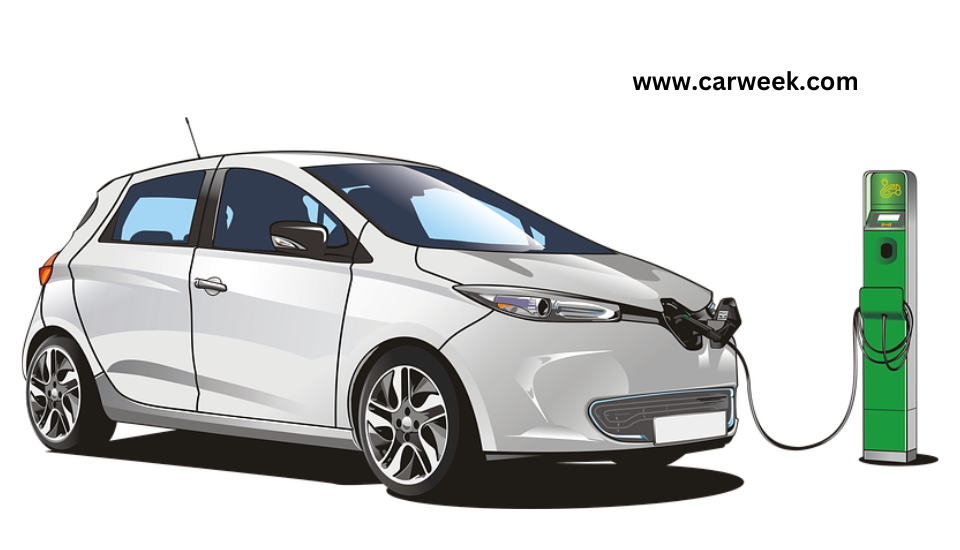
Environmental benefits of electric vehicles
Are electric cars more environmentally friendly? According to an EPA greenhouse gas emissions calculation, the answer is yes – not ideal, but better than the typical new gasoline-powered vehicle regardless of where you live in the United States. The calculator enables you to compare the emissions of current EVs in any part of the nation, which are virtually entirely carbon dioxide emissions, to the emissions of the typical gasoline vehicle.
Nevertheless, aren't electric automobiles considered "zero-emission" vehicles? Actually, not quite. They emit nothing locally. The calculator takes into account the fact that although electric cars have no tailpipe emissions (i.e., no carbon dioxide emissions on the road), the energy needed to power them must come from somewhere, and a large portion of the country's electricity production produces what is known as upstream emissions for EVs.
The EPA calculator, however, also dispels the common misconception that EVs just move the same pollutants to another location. EVs produce fewer greenhouse gas emissions than the typical new gasoline car.
The EPA determines the number of greenhouse gases needed to produce one mile's worth of power for EVs. For each of the several EVs now on the market, as well as for current plug-in hybrid electric vehicles, the calculator delivers model-specific grams per mile.
Additionally, the calculation is site-specific. As the mix of power generation sources varies by location, this is crucial for precisely estimating EV upstream emissions. According to the Energy Information Administration, the majority of the electricity used in the United States originates from power plants that burn fossil fuels, with roughly 20% of that electricity coming from facilities that still burn coal.
The CO2 impact of an EV is calculated by the EPA based on the region's actual mix of electric power sources, which may include both fossil fuel plants and non-fossil fuel sources. The country is divided into 26 areas. The EPA's Power Profiler can be used to examine the mix in your area and to get a map of the regions.
For example, the EPA estimates that the typical new gasoline vehicle today emits 404 grams of greenhouse gases per mile, primarily through the exhaust but also from the manufacturing and delivery of the gasoline.
Verdict
The most important conclusion is that no matter where you drive, EVs emit less CO2 than the average gasoline vehicle, according to the EPA's assessments. The greenhouse gas emissions in grams per mile may be greater or lower depending on the region and the mix of energy sources used, but they are always less than those of the typical new gasoline vehicle.
That holds true, for instance, when operating a Used Tesla Model X Performance in Burlington, Vermont. According to the EPA, our hypothetical car's total greenhouse gas emissions are 110 grams per mile, or approximately 75% less than a gasoline vehicle's 410 grams. That low amount of upstream emissions is to be expected in an area with significant non-fossil fuel power generation and in a state that, according to the EIA, derives about 100% of its electricity from renewable sources, the majority hydropower.
However, the same Model X would emit 230 grams of CO2 per mile in Charleston, West Virginia, which is 44% less than the national average. This is in an area with several fossil fuel plants and in a state where, as of 2019, the EIA estimates that coal-fired power plants provided around 91% of the state's electricity.
Any automobile production process contains emissions; the only vehicle that is truly emission-free is the one that isn't produced. Comparing EVs and gasoline vehicles is complicated by factors including the relative size, weight, and efficiency of the individual vehicles of either type, in addition to assumptions regarding power generation in any given area. The difference in the West Virginia example might be smaller if compared to a gasoline car with better fuel efficiency, like a hybrid.
FAQs
Q. Are electric cars better for the economy?
Ans: Because electric-drive components are highly efficient, electric vehicles can significantly save gasoline expenditures. Fuel economy for PHEVs and all-electric vehicles is calculated differently from that for conventional vehicles because they either run entirely or are mostly on electricity.
Q. Are electric cars better for the future?
Ans: The life cycle emissions of electric vehicles are lower than those of conventional vehicles. Because less gasoline or diesel must be burned to produce energy, there are less emissions. The fact that electric automobiles utilize less energy than cars with internal combustion engines is another factor that makes them the future of transportation.
Q. What is the biggest problem with electric cars?
Ans: The display screens, external door lights, failed temperature sensors, mismatched paint, seals, and weather stripping are among the common issues that EV owners report. Not only can these issues arise, but they do so more frequently than with traditional automobiles.
Q. What are the disadvantages of electric cars to the environment?
Ans: Electric vehicles don't produce exhaust emissions, but they do require batteries, which can produce hazardous vapors. The majority of the electricity needed to power electric vehicles comes from non-renewable energy sources, which may be harmful to the environment and human health.
Q. Do electric cars produce ozone?
Ans: Electric cars generate fewer dangerous exhaust emissions than traditional internal combustion engine vehicles, such as particles (soot), volatile organic compounds, hydrocarbons, carbon monoxide, ozone, lead, and different oxides of nitrogen. This reduces local air pollution, particularly in cities.
Learn More : TOP 5 Fastest Charging EVs Of 2022




